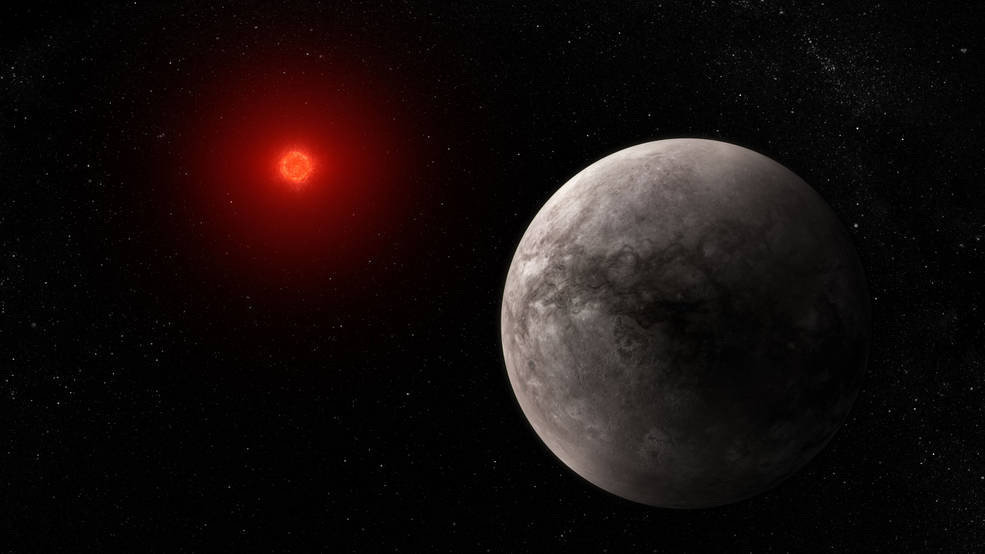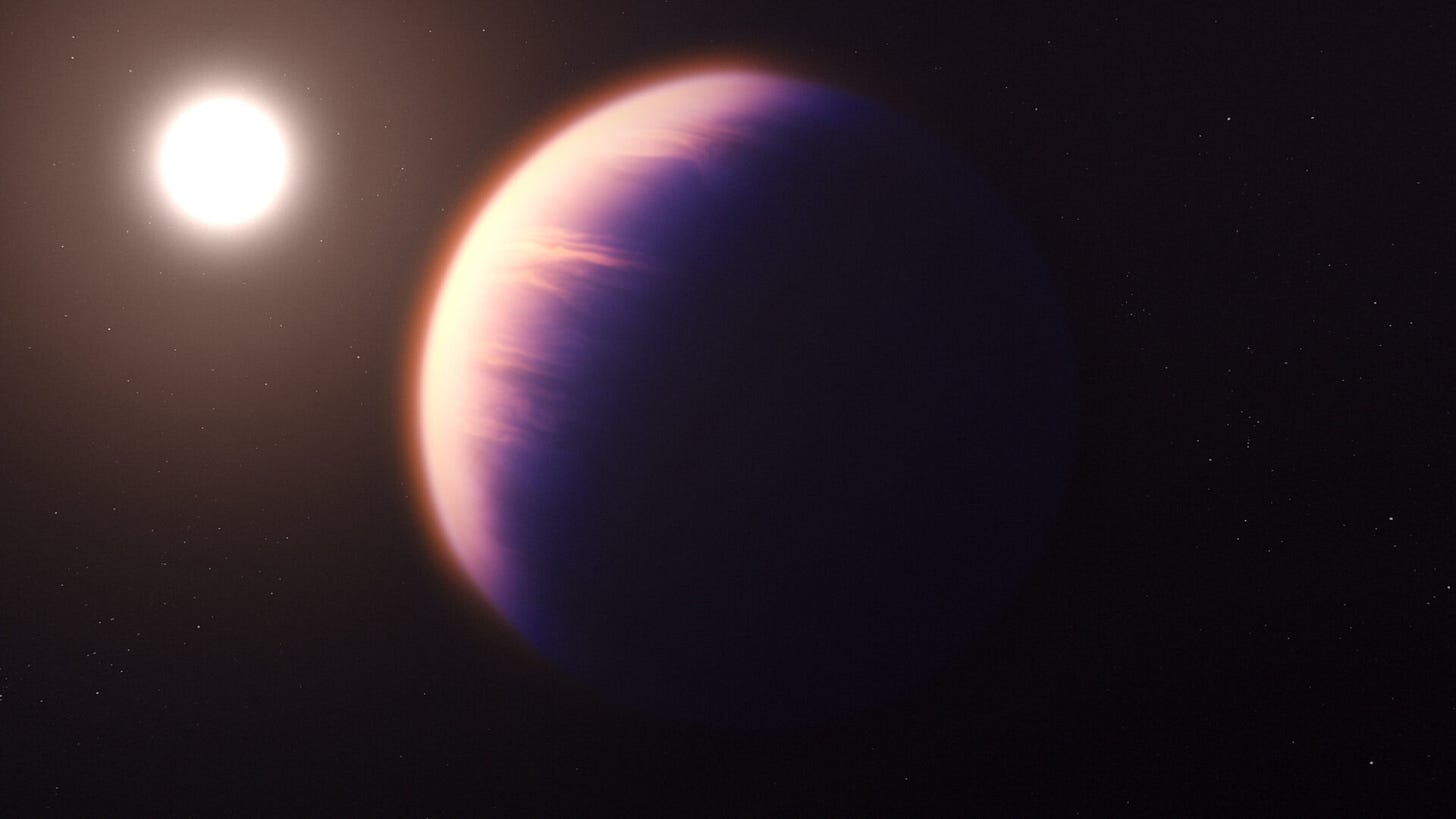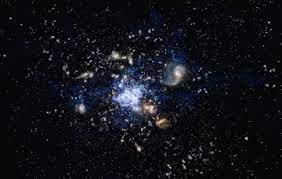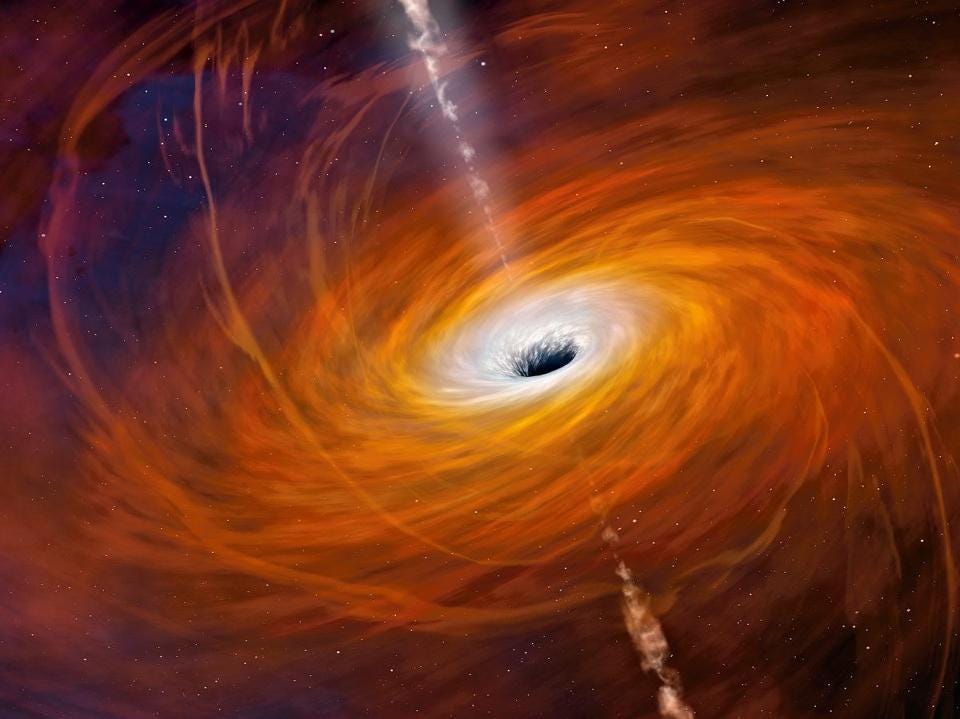Weekly - James Webb reveals that exoplanet atmospheres are not like what we expected and more
Weekly Space News - Quick and Easy
James Webb measures temperature of exoplanet
Last week, NASA's James Webb telescope measured the temperature of TRAPPIST-1 b, a small rocky exoplanet located 40 light years away from Earth. The planet was found to be quite hot, exceeding temperatures of 226°C, which is even hotter than a kitchen oven. This is an exciting breakthrough as it's the first time that scientists have been able to measure the temperature of a small and rocky exoplanet using infrared technology.
UAE creates detailed map of mars
Scientists at the New York University Abu Dhabi (NYUAD) and the UAE Center for Space Science recently created a detailed map of mars. The map was created using the data collected by the Emirates Mars Mission (EMM) or Hope. The new map of mars reveals its geological features in great detail helping planetary scientists better understand how the planet's climate has changed over billions of years.
James Webb reveals that exoplanet atmospheres are not like what we expected
Last week James Webb revealed a surprising new discovery. It proved that some exoplanet atmospheres could be vastly different from our beliefs. It spotted a new gassy exoplanet like Jupiter 250 light years away from the earth. The new exoplanet called HD149026b has a very unique atmosphere. Its atmosphere contains far more heavy elements like oxygen and carbon than what scientists believed was possible for a planet of that mass.
Distant hot gas detected shows the formation of a galaxy cluster
Astronomers using the Atacama Large Millimeter/submillimeter Array (ALMA) recently discovered a large reserve of hot gas 10 billion light years away from the earth. This is the farthest detection of hot gas ever. Furthermore, the hot gas was found to be located in the spiderweb protocluster; a protocluster is a galaxy cluster in the process of forming. The hot gas shows that the protocluster will turn into a cluster in the next 10 billion years.
Astronomers find that black holes are surrounded by dark matter
Dark matter is an invisible substance in space that causes gravitational effects on stars and galaxies. It is usually tricky to observe as it does not emit, absorb, or reflect light. Scientists discovered that black holes have a lot of dark matter around them by observing how stars orbit them. Normally, the orbit speed of stars around black holes decays slightly over the years. However, in the case of the two black holes observed by astronomers, the orbit speed showed an unusually high rate of decay. This high rate of decay suggested the presence of a large amount of dark matter surrounding the black holes, which was responsible for the observed gravitational effects on the stars.






